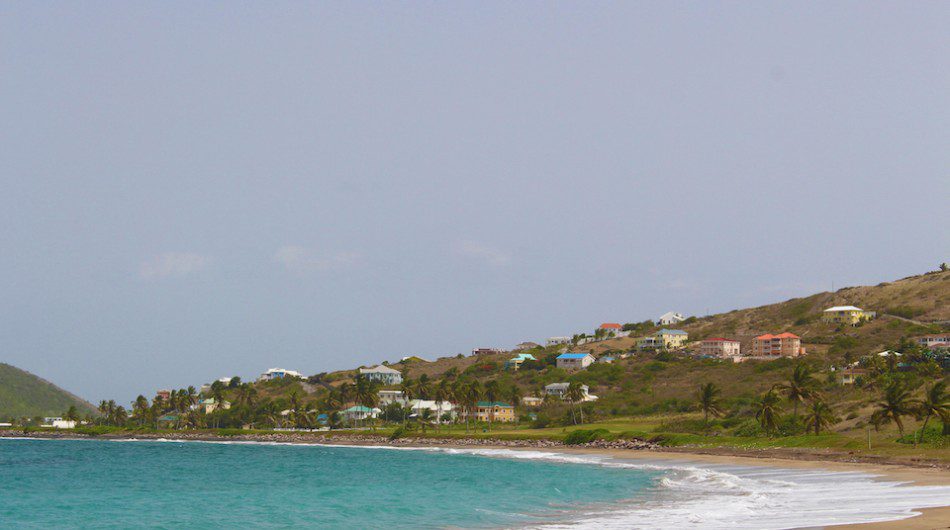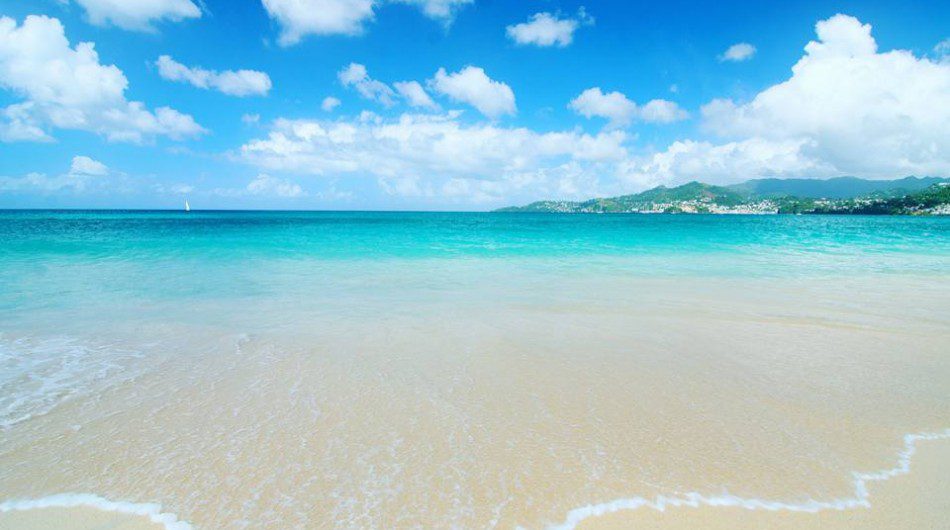Martelly was ushered in after Préval had appeared ineffectual in his response to the earthquake and beholden to Washington. Préval made a few symbolic protests, like walking out of a ceremony when Bill Clinton took the microphone or pointedly typing on his Blackberry in the back of a room while a US general gave a press conference on earthquake response, but his lack of control was clear to all.
Martelly, on the other hand, was a Donald Trump–like character: tough talking, media savvy, simplistic, and charismatic — all the things Préval was not. And he had a professional election team, Ostos & Sola, whose personnel had engineered campaigns for John McCain and Mexican president Felipe Calderòn, behind him.
But Martelly’s slick campaign and US backing didn’t guarantee success. Indeed, the first round of presidential elections held in late November 2010 were a disorganized mess. The Provisional Electoral Council (CEP) declared Mirlande Manigat and Swiss-trained engineer Jude Célestin, Préval’s protégé, the two candidates that would go to a run-off. Martelly came in a close third.
Martelly’s partisans took to the streets to burn buildings and wreak havoc, while Washington deployed the Organization of American States (OAS) to review the election results. Unsurprisingly, the OAS — using a
thoroughly arbitrary calculation — declared Martelly the second-place finisher.
Secretary of State Hillary Clinton flew to Port-au-Prince in January 2011 to pressure Préval to supplant Célestin with Martelly. As usual, Préval complied, although the CEP members — constitutionally the “final arbiter” of any Haitian election — never validated the US-altered election results. Martelly won a run-off victory in March 2011.
The United States was also victorious. It had managed to stage, in the words of dissident and later fired OAS representative Ricardo Seitenfus, an “electoral coup d’état” — the type of soft-power play that has come to epitomize the Clinton-Obama approach.
The Martelly Regime
Like Baby Doc’s, Martelly’s regime was a macouto-bourgeois alliance marked by outrageous corruption, excess, infighting, dysfunction, and repression. It was so unpopular that it sparked a
mass rebellion that nearly drove it from power in late 2014.
To save his presidency, Martelly sacrificed his longtime business partner and prime minister, Laurent Lamothe, who otherwise would likely have been the 2015 presidential candidate of Martelly’s Haitian Bald-Headed Party (PHTK). (Constitutionally, Haitian presidents are limited to two non-consecutive terms.)
For the first four years of his five in power, Martelly used an array of stalling tactics to delay holding elections so that the terms for the Chamber of Deputies, two-thirds of the Senate, and all of Haiti’s municipal posts expired.
The result was a rushed forced march to repopulate the entire government, including the presidency, before parliament’s expiration on January 12, 2016 (the earthquake’s sixth anniversary) and the end of Martelly’s term on February 7, 2016.
A three-round staggered electoral schedule was established for August 9, October 25, and December 27, 2015. The August 9
round was a complete fiasco, marred by violence and blatant fraud. Thugs from Martelly-aligned parties guarded many voting center doors, keeping out their rivals’ partisans. In the Artibonite Department, for example, eight out of fifteen voting districts had to annul their polling due to violence and fraud, but the CEP still opted to keep the results.
The second election on October 25 saw less violence, but was plagued by massive fraud and, despite including the first round of the fifty-four presidential candidates’ races, extremely low turnout. Most of the votes were cast by the candidates’ 916,000 poll-watchers, many of whom voted repeatedly and not for the candidate they represented.
The dubious and contested official result: Martelly’s PHTK led the presidential pack with 33 percent of the vote. For his successor, Martelly had picked an unknown provincial businessman, Jovenel “Neg Banann” Moïse, who had developed, with a $6 million government subsidy, a tax-free agro-industry, “Agritrans,” exporting bananas mainly to Europe.
Moïse is an apt candidate. With an export-oriented agribusiness built on the dispossession of small peasants, he perfectly represents the alliance between the bourgeoisie, which now invests mainly in assembly industries, and the
grandon, who have always bullied and bulldozed the peasantry off their land.
Moreover, many also speculate that the state lands currently leased to Agritrans could eventually be turned over to foreign mining interests to continue their now-stalled exploration and environmentally destructive gold mining in Haiti’s north.
But whether or not Moïse was the macouto-bourgeois alliance’s favored choice, a reliable Brazilian exit poll suggests that he didn’t win, coming in fourth, not first, with just 6 percent of the vote. Even a Martelly-appointed verification commission found widespread voting fraud.
Nevertheless, Martelly and the US continued to push for a third round of the scandalous elections. It was postponed twice, until January 24. But a final giant march on January 22 forced its indefinite postponement and the disbanding of the CEP.
Reluctantly, under huge pressure, Martelly
stepped down on February 7, and a provisional government with a 120-day mandate (which will surely be extended) was installed.
Washington’s Chaos
There were fifty-four presidential candidates, but only three were heavyweights in the opposition to Jovenel, and two of them are Lavalas. The first Lavalas candidate is Dr Maryse Narcisse of Aristide’s FL, who supposedly placed fourth with 7 percent of the vote.
Then there is the breakaway Dessalines Children platform (PD) of former senator Moïse Jean-Charles, who supposedly placed third with 14 percent of the vote. The third heavyweight is the supposed second-place finisher (with 25 percent), Jude Célestin of the Alternative League for Haitian Progress and Empowerment (LAPEH), which is affiliated (albeit informally) with Préval’s platforms Vérité and Inite, under whose banner Célestin ran in 2010.
Both Washington and Martelly wanted to marginalize the two Lavalas currents and keep them out of any runoff. Although their leaderships adopt moderate positions, their popular bases remain mobilized and dangerously radical.
Instead, the United States favors a monolithic two-party system in Haiti, which would establish a regular alternation between “acceptable” players, parameters of debate, and political programs. The Republican analog would be the PHTK, while the Democratic surrogate would come from the current Préval constellation: LAPEH, Vérité, or Inite.
Not surprisingly, Lamothe (who felt betrayed by Martelly and hews closely to US positions), singer Wyclef Jean, and large sectors of Haiti’s ruling elite had thrown their support behind Célestin, who could be expected to give the United States the same grudging but faithful collaboration that Préval did.
Although it has faded into the background, Célestin and seven of the other leading presidential runners-up (except the FL) were in a “Group of Eight” (G8) whose unity was more formal than real.
Nonetheless, while the masses in giant demonstrations demanded the elections’ annulment and Martelly’s arrest, the G8 and FL did not. Even today, they insist on an “independent evaluation commission” to review the October 25 results, and each of the heavyweight candidates asserts that they won the election in the first round. Whatever results any evaluation commission finds, it will surely explode the opposition’s tenuous unity.
Senate and National Assembly president Jocelerme Privert, under OAS supervision, became the interim president in the meantime and, as of April, has a prime minister, Enex Jean-Charles. Both are under pressure to convene a verification commission, but the US ambassador, Peter Mulrean, opposes it.
Washington knows that an election verification commission would even further ruin their plans. The fraud in the presidential election was so extensive and profound that the first round would have to be scrapped.
Moreover, and more importantly, any election review would discover that most of the Senate and Deputy races were just as fraudulent as the one for president, thereby invalidating the largely US-friendly parliament.
This would leave the road open for the more radical provisional governments being proposed by Haiti’s left-wing parties, like the Dessalines Coordination (KOD), and like-minded popular and student organizations.
Opportunities for the Left
The missing element in this revolutionary cocktail, at the present moment, is a revolutionary party or front strong enough to lead and champion the masses’ increasingly radical demands. Currents like KOD and others were seriously weakened in 2015, when many of their comrades were caught up in the electoral euphoria sweeping Haiti.
Although one of KOD’s founders, Moïse Jean-Charles, had repeatedly vowed to respect the party’s position to never participate in an election held under Martelly and MINUSTAH, he couldn’t resist taking the plunge, especially when the FL refused to join him in a boycott and said it would go into the elections “head first.”
The seductive illusion that another December 16, 1990 miracle can be performed infects almost the entire political class, but particularly its Lavalas offshoots.
A similar wave of electoral fever and defections swept the leftist Patriotic Democratic Popular Movement coalition, one of whose clearest and most active currents is the Democratic Popular Movement (MODEP). In the aftermath of the crash of the US/Martelly “selections,” KOD and MODEP have been talking but have not yet forged an operational unity.
However, if history is any guide, Haiti’s political crisis and revolutionary potential promises to continue for several months at least. The window after Baby Doc’s fall in 1986 lasted for four years, until the popular movement carried out a political revolution with Aristide’s first election.
Many veterans and students of the 1980s and ’90s struggles now realize that a deeper social revolution — changing Haiti’s property relations, above all land reform — is necessary for any progressive government to survive. As long as Haiti’s tiny ruling class controls 92 percent of Haiti’s wealth, it can continue to buy and corrupt enough desperately poor Haitians to do their bidding — whether it is to demonstrate for them, vote for them, or kill for them.
Most important now is that the ruling class is either divided on or unsure of how to go forward and maintain power. This offers a unique opportunity for Haiti’s left. Privert and Jean-Charles are weak functionaries, trying to reconcile the irreconcilable. Martelly’s right-wing allies, like former death-squad leaders Senator Youri Latortue and Senate candidate Guy Philippe, are just waiting for their opportunity to strike with their paramilitary thugs.
Meanwhile, the US empire is weakened by its own interminable overseas wars and beset by internal rebellions that are threatening the “establishment,” particularly the right-wing populist support around Donald Trump and the social-democratic Bernie Sanders movement.
All these factors offer hope that the democratic, anti-imperialist movement among peasants, workers, and the urban unemployed that began with Duvalier’s ouster thirty years ago can finally make some headway after its many setbacks.
Haiti remains the only nation in the Western Hemisphere militarily occupied by UN “peacekeepers,” making it the victim of Washington’s greatest show of force in the Americas. But like their ancestors did to Napoleon’s legions, Haitians may once again succeed in taking on colonialism, now in its multinational twenty-first century form, and winning.















